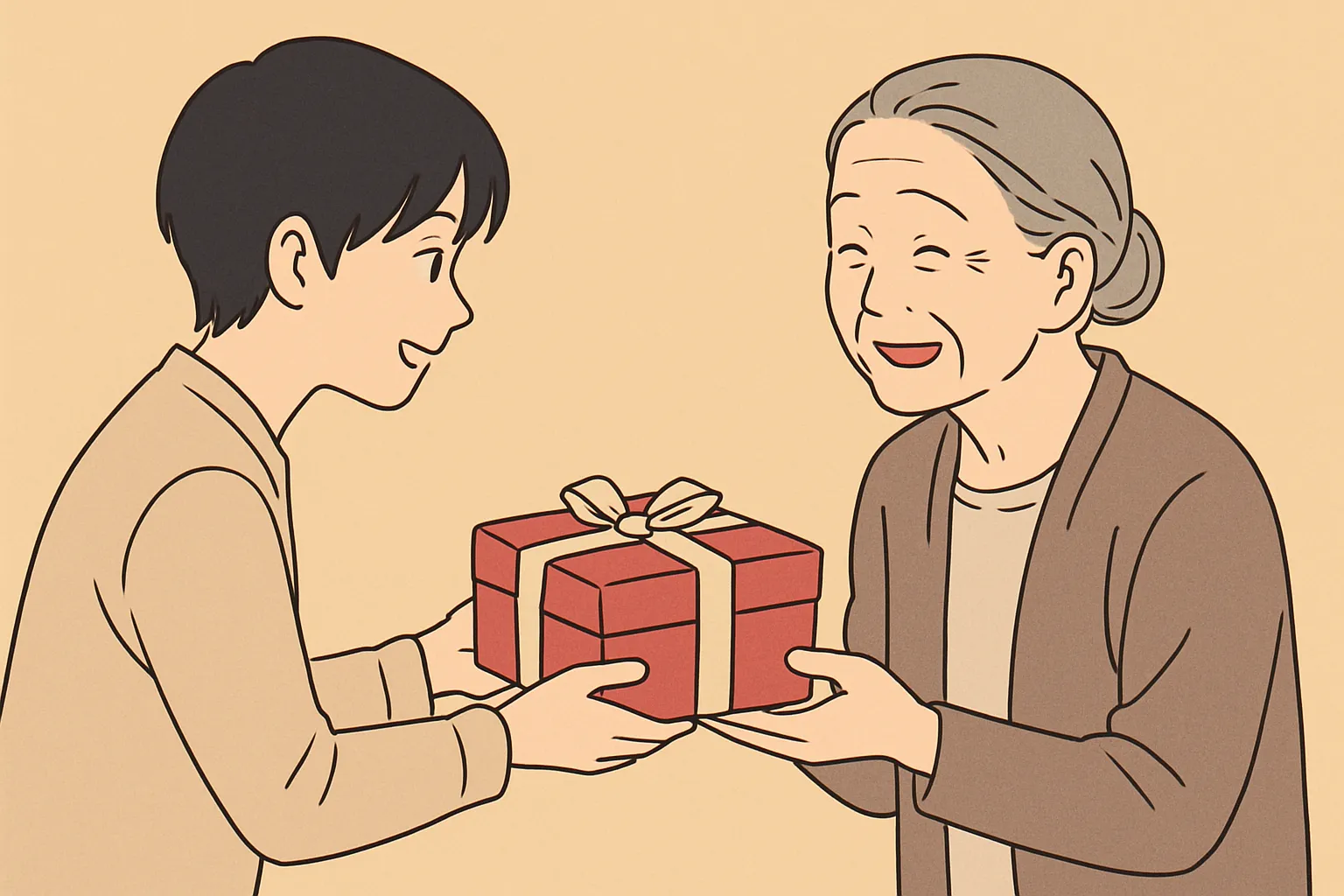Sustainable Journeys: How to Plan an Eco-Trip in Korea
Hello! This is [Maeil Hangul], here to upgrade your Korean skills!
Are you planning a trip to Korea? How about making it a journey that’s not only memorable but also kind to the planet? Today, we’re diving into the essential Korean vocabulary and expressions you need to plan a sustainable, eco-friendly trip. These days in Korea, there’s a huge buzz around ESG (Environmental, Social, and Governance) and sustainable living, and this trend is powerfully shaping how people travel. Let’s learn how you can join this meaningful movement!
Core Expressions for the Eco-Conscious Traveler
Here are some key phrases that will help you navigate the world of green travel in Korea.
- 한국어 표현: 지속 가능한 관광 (jisok ganeunghan gwangwang)
- 발음 [로마자]: Jisok ganeunghan gwangwang
- 영어 뜻: Sustainable tourism
- 상세 설명: This is a more formal and comprehensive term that you’ll often see in official documents, news articles, or campaigns by tourism organizations. It refers to tourism that considers its full environmental, social, and economic impacts. The adjective
지속 가능한(sustainable) is a crucial term in professional and academic discussions about environmental policy and corporate responsibility in Korea today. -
한국어 표현: 탄소 발자국을 줄이다 (tanso baljagugeul jurida)
- 발음 [로마자]: Tanso baljagugeul jurida
- 영어 뜻: To reduce one’s carbon footprint
-
상세 설명: This is a standard phrase used widely in conversations about climate action.
탄소 발자국(carbon footprint) is the direct Korean equivalent, and줄이다means “to reduce.” You can use this to discuss choices like taking public transportation over a taxi, or choosing direct flights. It’s a perfect phrase to express your intention to travel responsibly. -
한국어 표현: 다회용기 (dahoeyonggi)
- 발음 [로마자]: Dahoeyonggi
- 영어 뜻: Reusable container
-
상세 설명: This term is the opposite of
일회용품(single-use products).다회(多回) means “multiple times” and용기(容器) means “container.” This word has become extremely common as Korea pushes to reduce plastic waste. It includes everything from tumblers (텀블러) to reusable food containers. Carrying your own다회용기is a clear sign that you are an environmentally conscious person. -
한국어 표현: 제로 웨이스트 (jero weiseuteu)
- 발음 [로마자]: Jero weiseuteu
- 영어 뜻: Zero waste
- 상세 설명: As you can guess, this is a loanword from English that has been fully adopted into the Korean language. It refers to the lifestyle of minimizing trash production. You’ll hear about
제로 웨이스트 샵(zero waste shops) and people trying to live a제로 웨이스트life. Mentioning this shows you’re in tune with modern Korean social movements.
Example Dialogue
Let’s see how these expressions work in a real conversation between two friends planning a trip.
A: 다음 달에 제주도로 여행 갈까 하는데, 뭔가 특별한 테마가 있었으면 좋겠어.
(I’m thinking of going to Jeju Island next month, but I want it to have a special theme.)
B: 아, 그래? 요즘은 지속 가능한 관광이 대세야. 환경을 생각하는 여행이지.
(Oh, really? Sustainable tourism is the big trend these days. It’s travel that considers the environment.)
A: 좋은 생각이다! 구체적으로 어떻게 하면 되는데?
(That’s a great idea! What specifically can I do?)
B: 우선, 전기차를 렌트해서 탄소 발자국을 줄이는 거지. 그리고 카페 갈 때 다회용기, 그러니까 텀블러를 꼭 챙겨가고.
(First, you can rent an electric car to reduce your carbon footprint. And when you go to cafes, make sure to bring a reusable container, like a tumbler.)
A: 맞아, 나도 평소에 제로 웨이스트를 실천하려고 노력 중이거든. 친환경 숙소도 한번 알아봐야겠다. 고마워!
(Right, I’ve been trying to practice a zero waste lifestyle myself. I should look for some eco-friendly accommodations too. Thanks!)
Culture Tip & Trend Deep Dive
In Korea, the eco-conscious movement is more than just a trend; it’s become a form of civic participation, especially among the younger generation.
A fantastic example is the “용기내 챌린지” (Yonggi-nae Challenge). This is a brilliant play on words. 용기 can mean both “container” and “courage.” So, the challenge encourages people to “take courage” (용기를 내다) and bring their own containers (용기) to restaurants or markets for takeout, avoiding disposable packaging. Participants post photos on social media to inspire others.
Furthermore, local governments are actively promoting eco-tourism. Jeju Island, for instance, is a leader in this, with numerous electric vehicle charging stations, eco-friendly trails (Olle-gil), and businesses that champion sustainability. When you plan your trip, look for certifications or information related to eco-friendly practices—it’s a sign that you’re supporting a business aligned with modern Korean values. Mentioning your interest in these initiatives will surely impress your Korean friends!
Wrap-up & Practice Time!
Today we learned how to talk about planning a sustainable trip in Korea. By using phrases like 지속 가능한 관광, 탄소 발자국을 줄이다, and embracing concepts like 제로 웨이스트, you can not only travel more responsibly but also engage in deeper, more meaningful conversations about contemporary Korean society.
Now, let’s put your knowledge to the test!
- Fill in the Blank:
여행 중 플라스틱 사용을 줄이기 위해, 저는 항상 (__________)를 가지고 다닙니다.
(To reduce plastic use while traveling, I always carry a (__________). -
Your Turn!
In Korean, briefly write one action you will take on your next trip to Korea to reduce your carbon footprint. (한국 여행에서 탄소 발자국을 줄이기 위해 실천할 행동 한 가지를 한국어로 써보세요.)
Leave your answers in the comments below using the expressions you learned today! Happy, sustainable travels!






